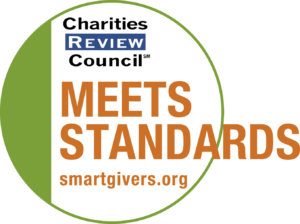In 2015, schools were given the chance to begin using a sophisticated data management system (or DMS) to track students in Reading Corps’ progress and outcomes, and now, schools will have the same opportunity to do so with students in Math Corps as a new Math Corps Data Management system (MCDMS) launches across Minnesota this fall.
“Our programs are big enough, and tailored enough, that we needed a custom-built system,” said David Parker, Ph.D., the Vice President of Research & Development at ServeMinnesota, the nonprofit organization that oversees AmeriCorps in the state and works with Reading Corps and Math Corps on innovative solutions. “With our own system we can help everyone do a more effective and accurate job for this critical need in schools.”
Benjamin Swift, an information systems expert who worked on creating MCDMS for Math Corps said the system offers many options for gathering metrics and analyzing data.
“When you’re talking about MCDMS, there are lots of data about interventions and tutoring and the types of interventions and tutoring that is being delivered in Math Corps. There are data on various types of metrics available around – average sessions, minutes per week — and how students are progressing through the lessons and curriculum of Math Corps,” he said. “And then there are data around the benchmark measurements and how students are doing overall on their math skills.”
Parker noted that providing interventions in schools is not “terribly unique,” but “providing an effective intervention – and tracking student outcomes in a rigorous continual manner – across hundreds/thousands of locations is fairly unique.”
Principals will be most interested in how the new MCDMS can benefit their staff, Parker said.
“With our systems, their staff can quickly identify students who need and have received additional support,” he said. “Then, they can dig into details about attendance and outcomes to make effective decisions about improving support.”





